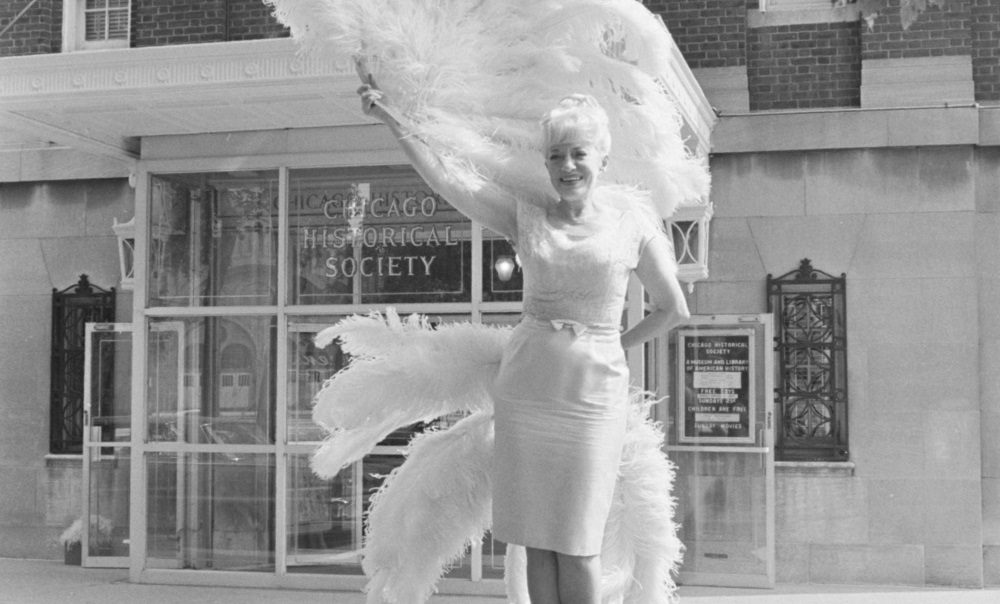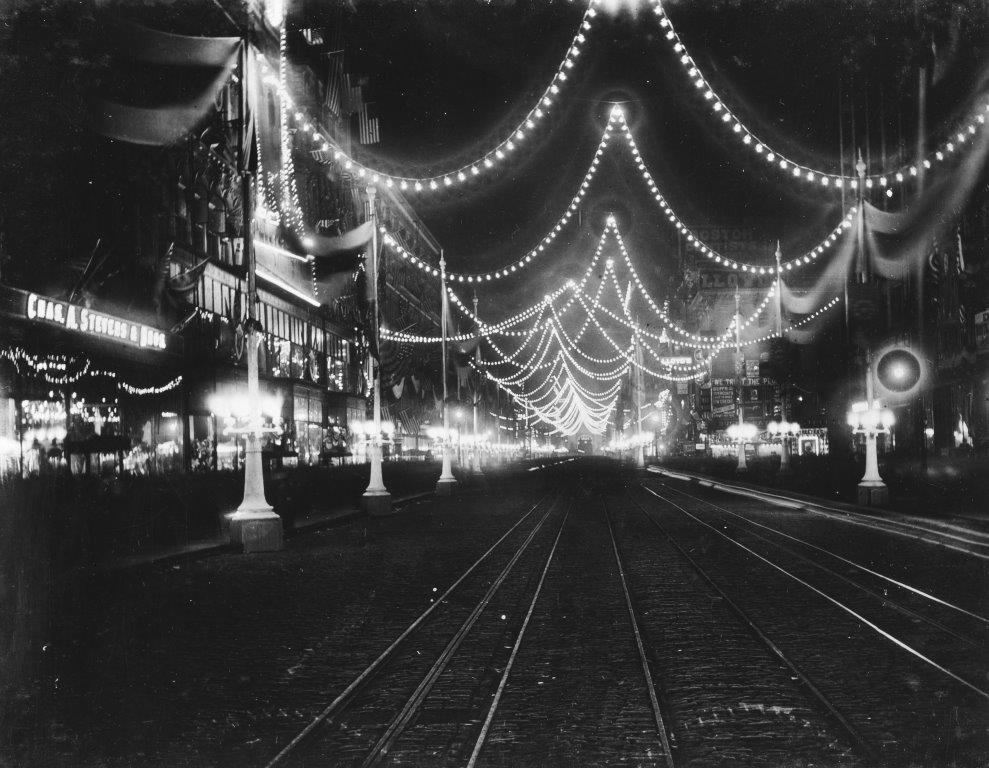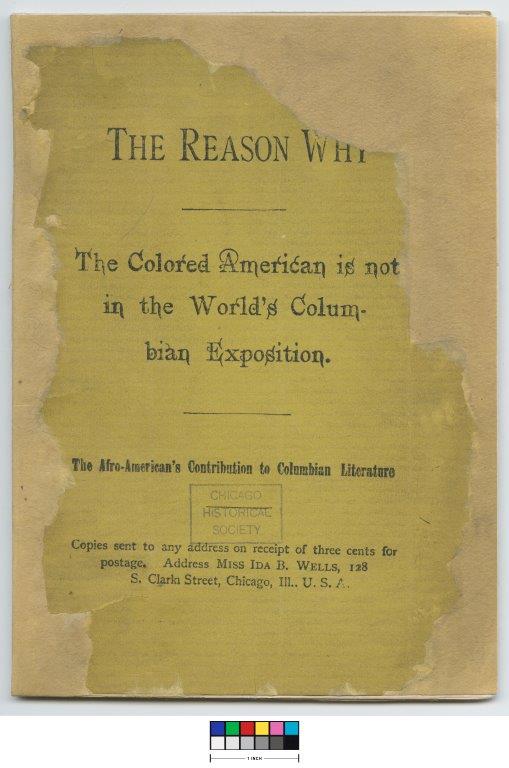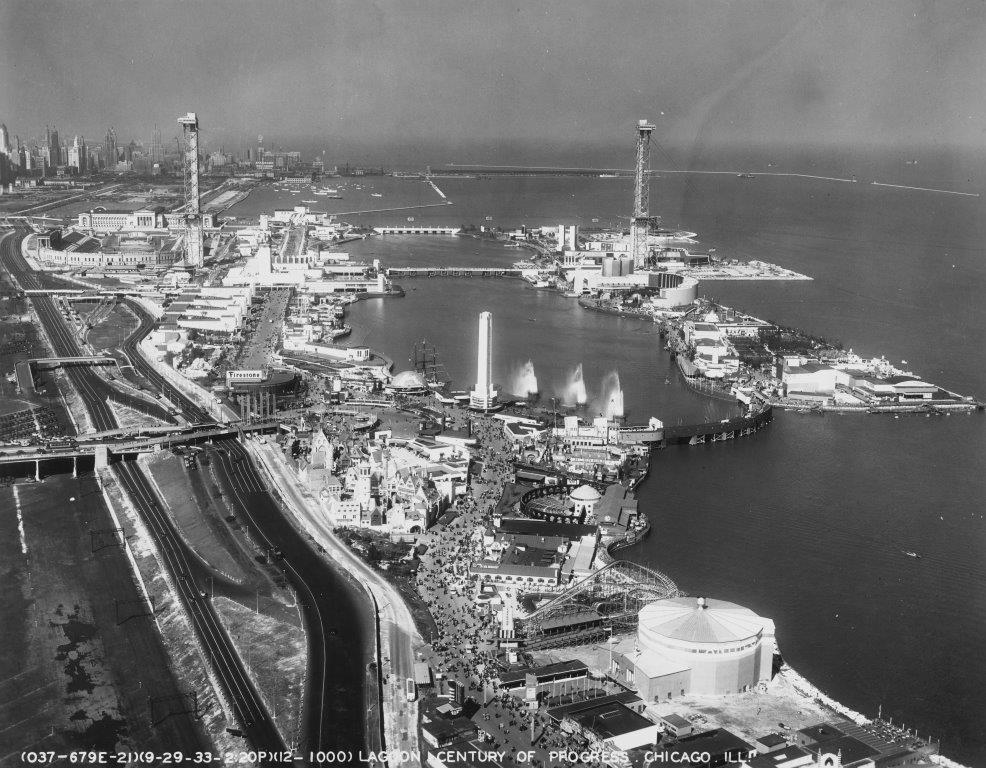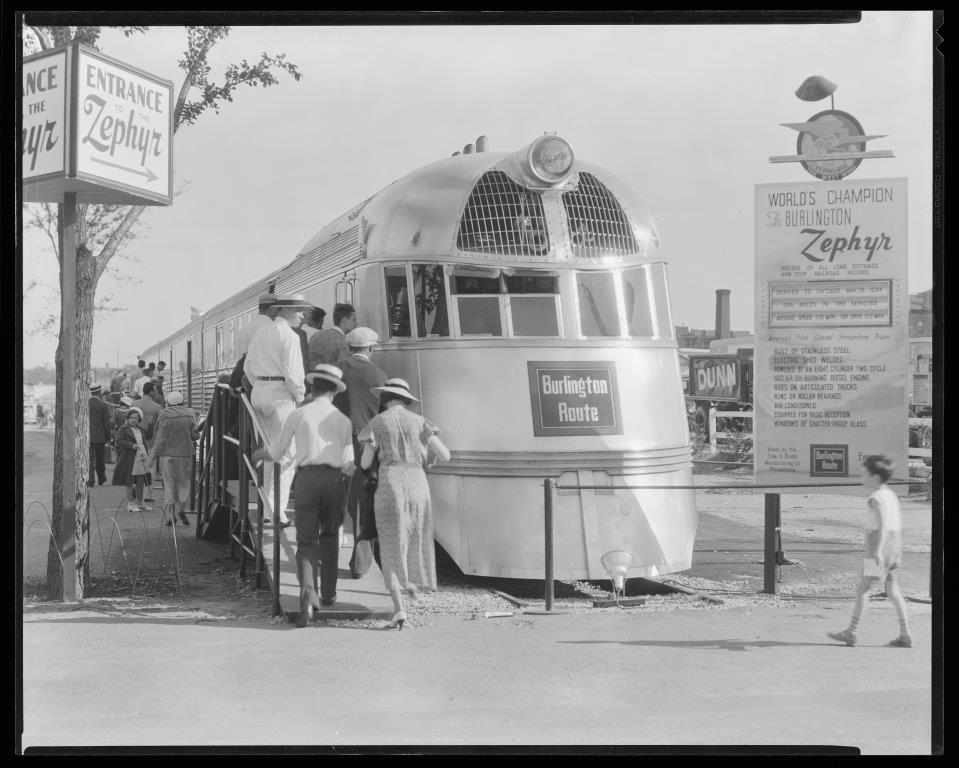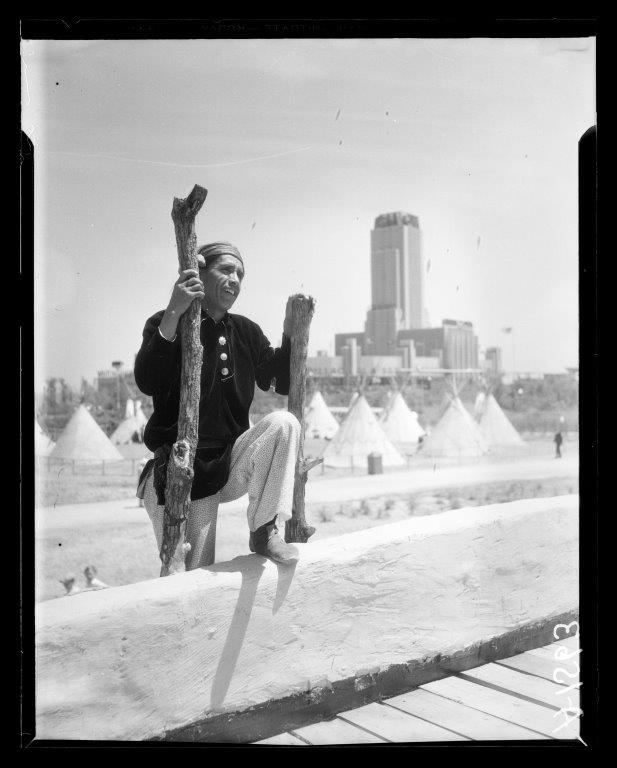Chicago's Two World's Fairs
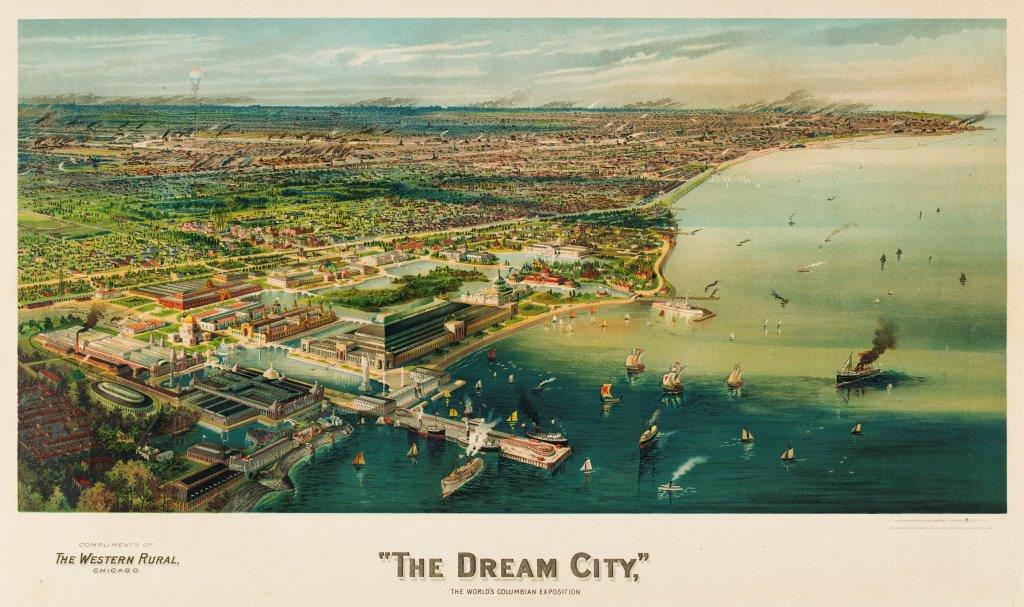
Two world’s fairs. Forty years apart. The World’s Columbian Exposition and the A Century Of Progress Exposition were both hosted in Chicago.
Intended to mark the 400th anniversary of Columbus’s landfall in the Americas, the World’s Columbian Exposition showcased new technology, fine art, horticulture, transportation advances, and displays from participating countries and US states.
Four decades later, the A Century of Progress Exposition came to symbolize hope for Chicago’s and America’s future during the Great Depression. However, both fairs were marred by problematic representations of different cultures or a lack of representation of African Americans, women, other marginalized groups, and much of the world.
Below, you’ll find digital resources related to the fairs, from religious representation to transportation innovations to food and drink to discourse around cultural erasure. We’ll also examine how the two fairs have affected the Museum’s collecting practices.
Visit the Abakanowicz Research Center’s LibGuide on the world’s fairs to find more resources.
The Souvenirs and Stories of the 1893 World’s Columbian Exposition
CHM curator of religion and community history Rebekah Coffman writes about CHM’s collection of souvenirs contemporary to the 1893 World’s Columbian Exposition and how they inform the stories we tell today.
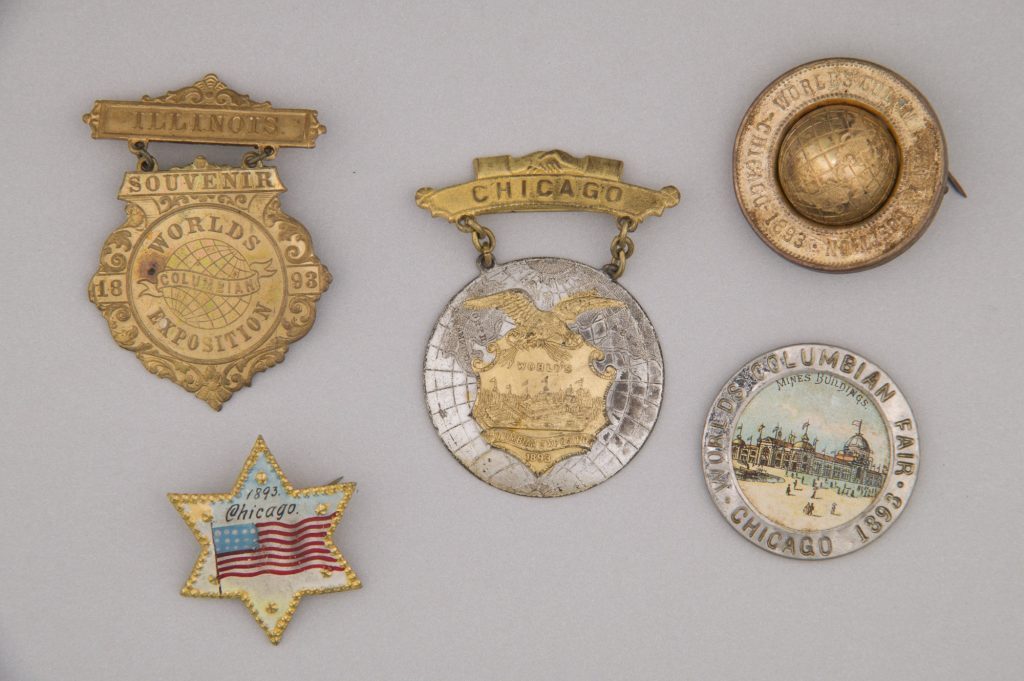
Ida B. Wells at the World's Columbian Exposition
As an activist, educator, and journalist, Ida B. Wells is the ultimate amplifier. In 1893, she protested the exclusion of African Americans from exhibits at the World’s Columbian Exposition. With contributions by Frederick Douglass, Irvine Garland Penn, and Ferdinand Lee Barnett, Wells published the pamphlet, “The Reason Why the Colored American is not in the World’s Columbian Exposition” and circulated 10,000 copies during the last three months of the fair. The pamphlet is addressed “To the seeker after truth” and contains essays, data, and photographs, with a topical focus on lynching, the prison system, and injustice within the legal system in the 28 years after slavery ended in the United States.
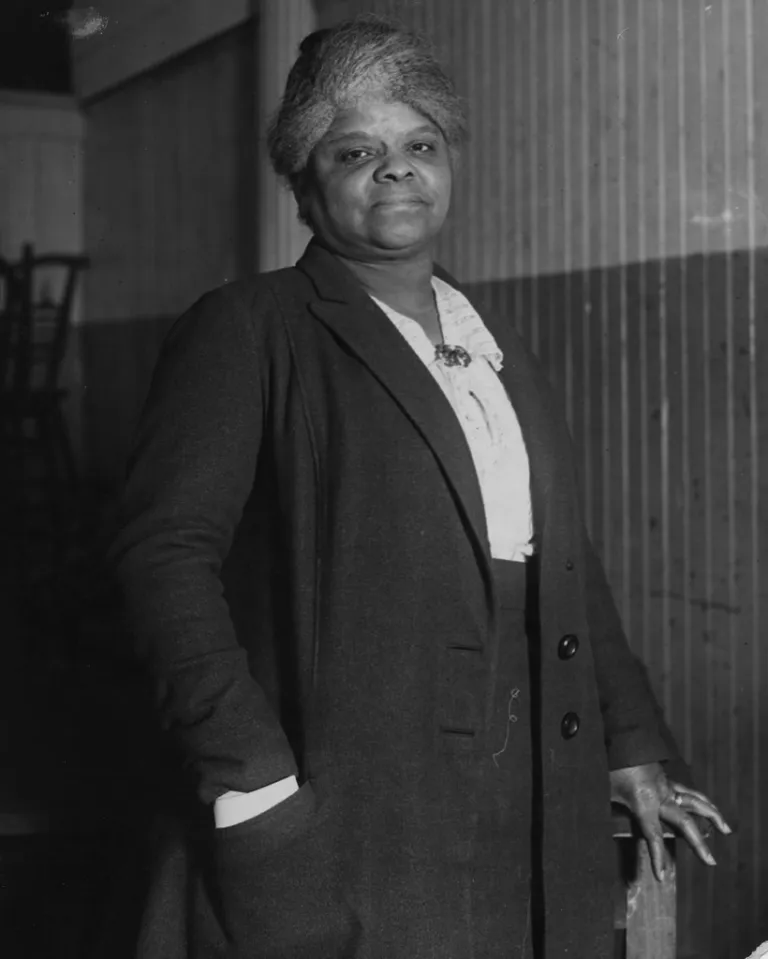
Poland’s Independent Presence at the 1893 World’s Columbian Exposition
At the 1893 World’s Columbian Exposition (WCE), Polish Chicagoans supported their homeland‘s participation despite colonizing empires, mainly Russia and Germany, resisting an independent Polish presence. Polish artists, musicians, and industrialists still displayed and performed for an international audience.
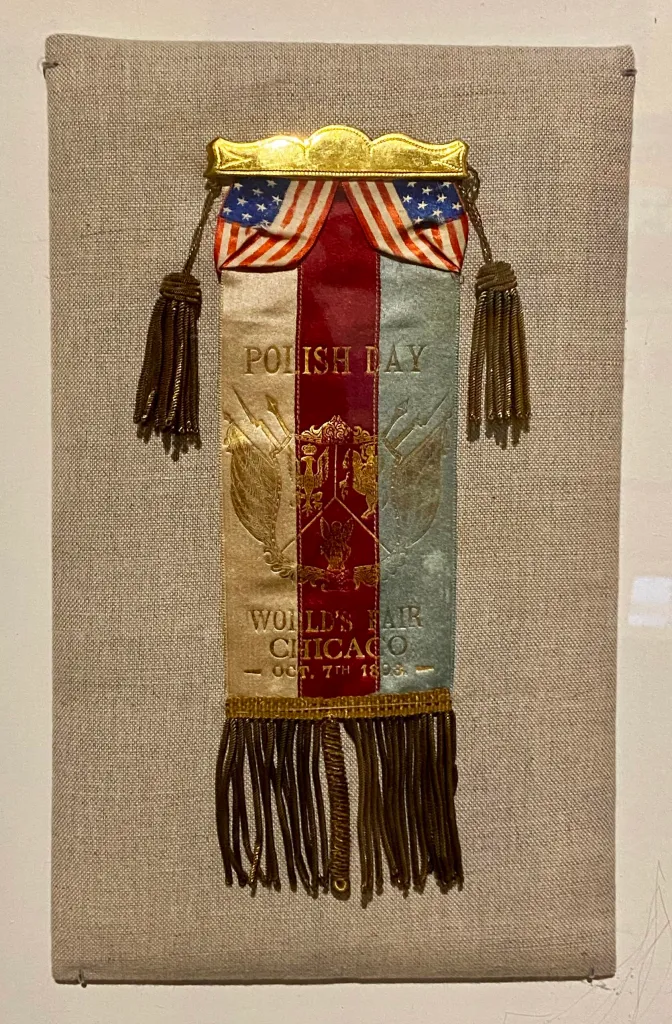
Commemorating 130 Years of the Parliament of the World’s Religions
Chicago welcomed the convening of the Parliament of the World’s Religions at McCormick Place from August 14–18, 2023. CHM curator of religion and community history Rebekah Coffman writes about the event’s origins and its legacy as the genesis of the interfaith movement.
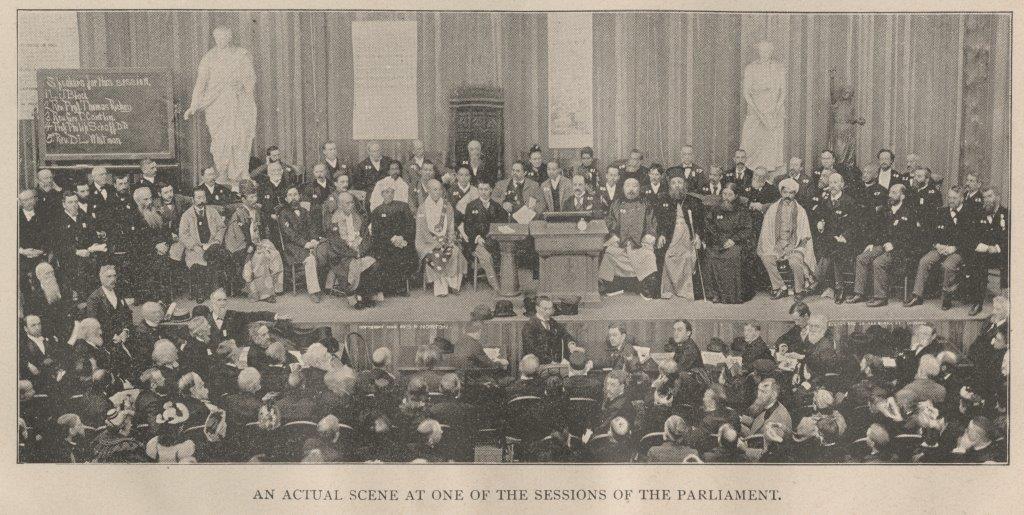
“What shall I wear at the World’s Fair in Chicago?”
CHM research and insights analyst Marissa Croft writes about the gap in experience between high society dress and visitors to the 1893 World’s Columbian Exposition who traveled in from all over the world to attend.
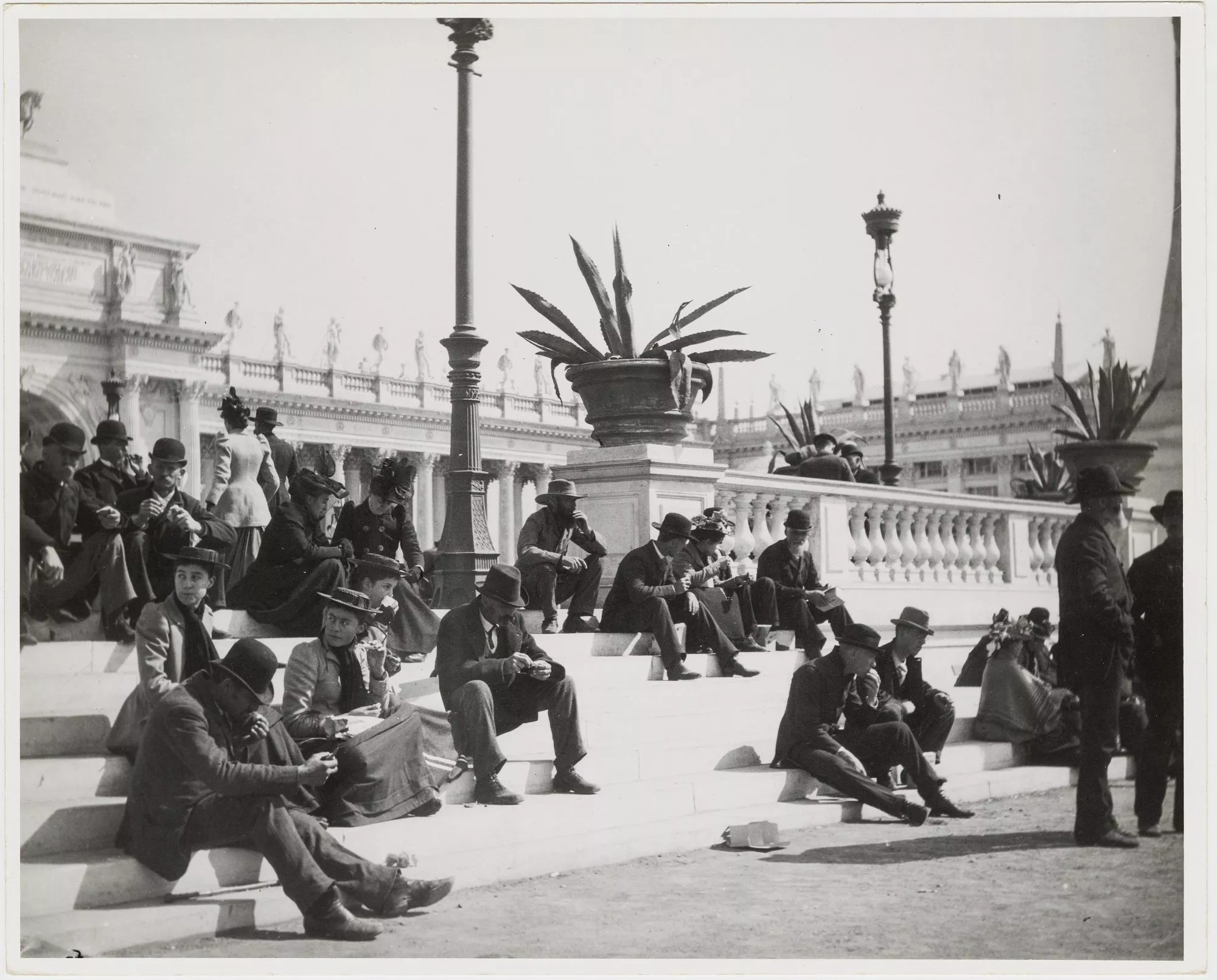
The Pioneering Mexican Dancers of the 1933 World’s Fair
At the 1933–34 A Century of Progress International Exposition, visitors were wowed by two professional dancers at the Mexican Village. The husband-and-wife dance team of Alfredo Cano and Bertha “Rosita” Musquiz enchanted audience members with their bright and intricate garments and traditional Mexican dances, bailes folkloricos, which often tell intricate stories and legends as part of the performance.
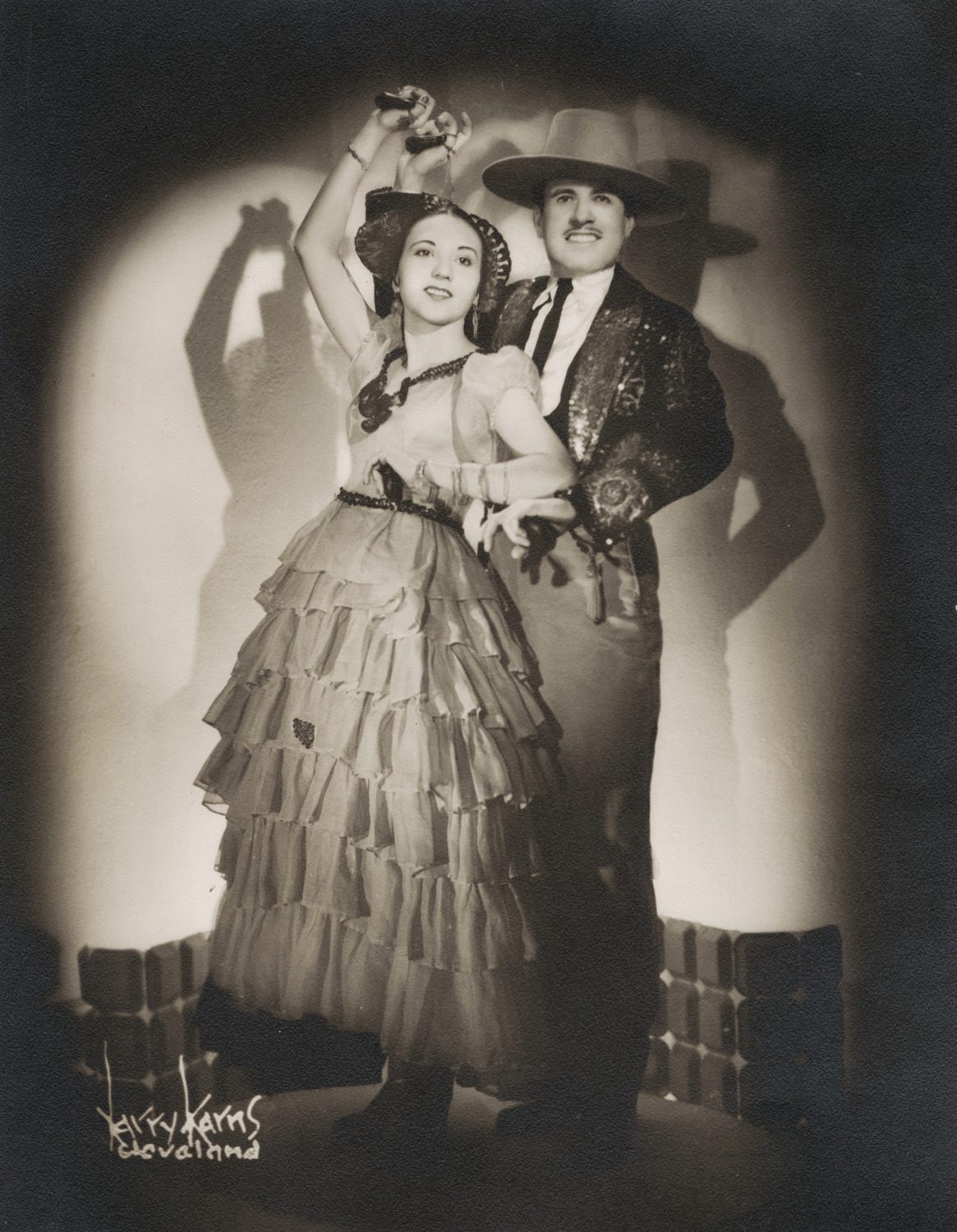
The Pioneer: The Little Locomotive That Could
The Pioneer locomotive endures as the historical artifact that could. Despite often being overshadowed by larger and more dynamic objects, it has managed to appear (with some modifications to its appearance over the years) at every significant Chicago fair and festival from the 1880s through the 1940s, including both the 1893 World’s Columbian Exposition and the 1933–34 A Century of Progress International Exposition, before finding its forever home at the Chicago History Museum.
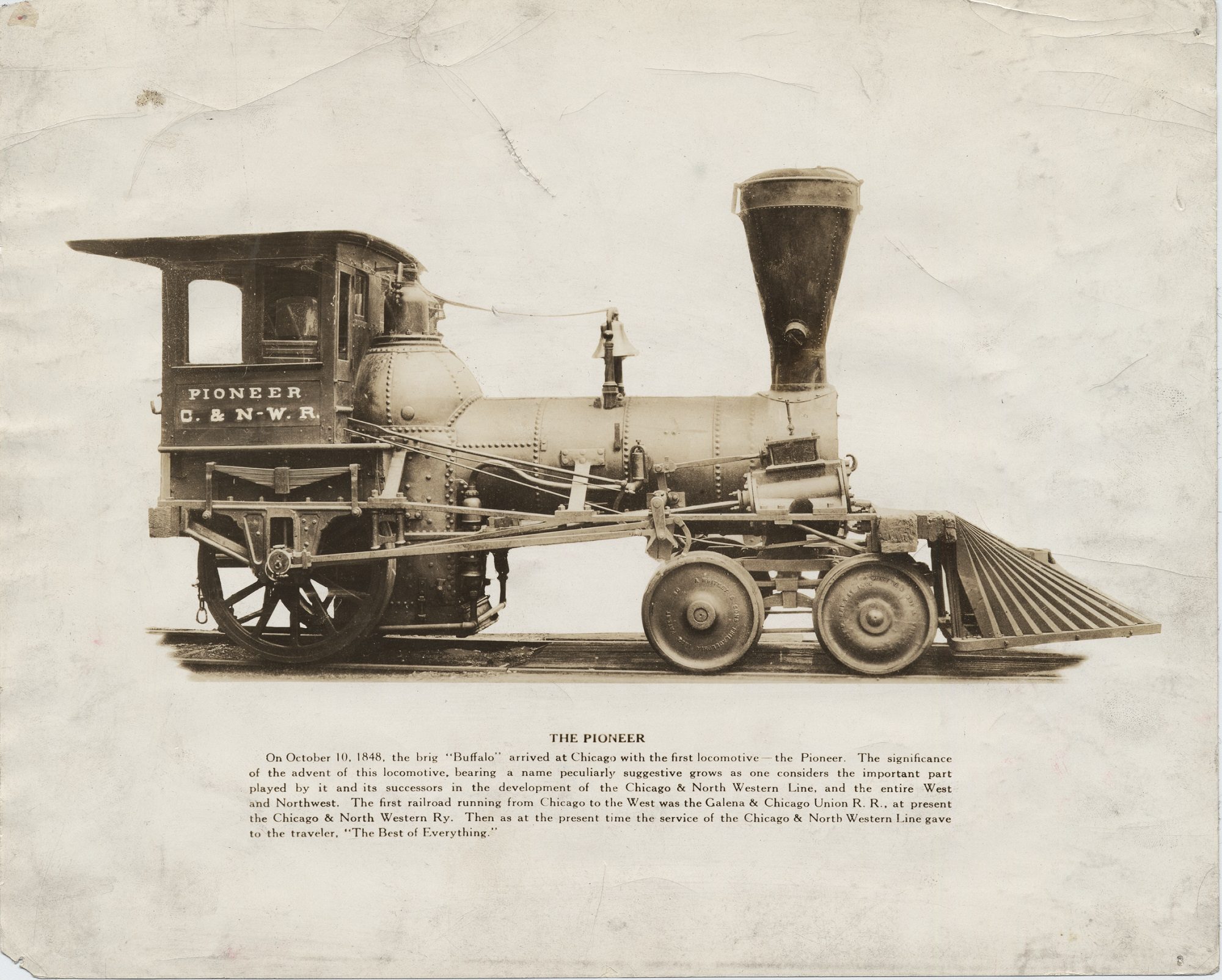
Orange Cider at the 1893 World’s Fair: Drink of the Gods or Soul-Destroying Concoction?
CHM research and insights analyst Marissa Croft teams up with YouTuber Kaz Rowe to share a tale of two ciders at the 1893 World’s Columbian Exposition.

Foods of the 1893 World’s Fair
The 1893 World’s Columbian Exposition (WCE) opened Chicago’s doors to millions and allowed the US to show off what it had to offer. While replete with memorable architecture and technological innovations, the many culinary offerings throughout the White City and the Midway Plaisance enticed and enchanted the palates of all those who came through the fair.
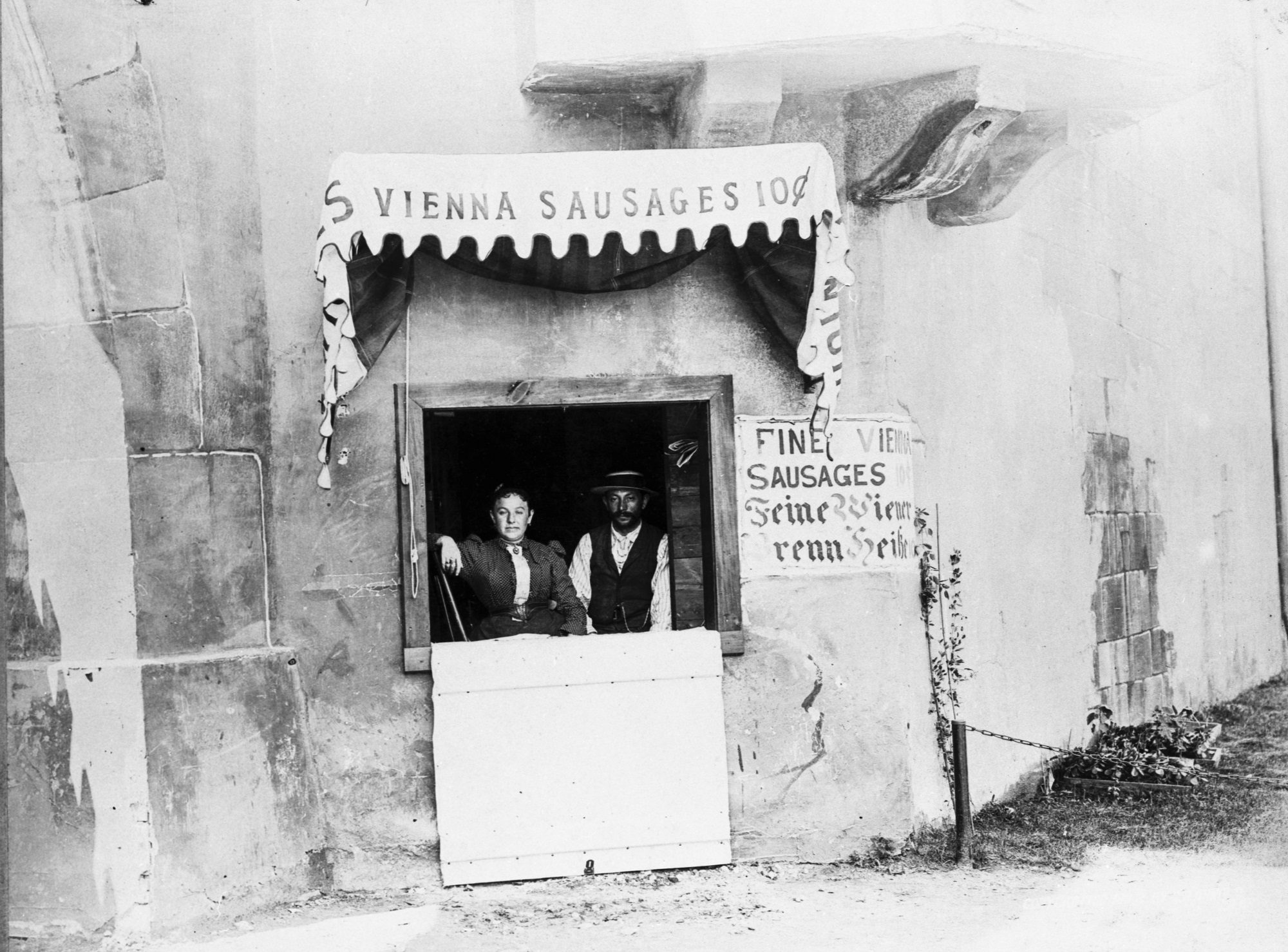
The Rand is Quicker Than the Eye
At the 1933–34 A Century of Progress International Exposition, Sally Rand performed her infamous fan dance, which enthralled an estimated 2 million visitors and made the Streets of Paris one of the most profitable concessions at the fair. However, her performance was not without controversy. Local authorities deemed her act “lewd and lascivious.”
In this blog post, CHM costume collection manager Jessica Pushor writes about Sally Rand and how a pair of her fans made their way into the Museum’s costume collection.
